A deceptively simple online challenge is making the rounds online, and it's proving to be nearly impossible for most people. The 10-question color test, created by UK-based eye care company Lenstore, seems easy: just distinguish between different hues and place them in the correct order on the spectrum.
The reality? It's incredibly difficult. According to Lenstore, less than 1% of the first 2,000 people who took the challenge managed to score a perfect 10/10.
The results also revealed a clear difference in performance between genders. Lenstore reports that women perform better than men on the test, with females scoring an average of 57.7% and men scoring 53.8%. These results align with current scientific data on sex and color perception.
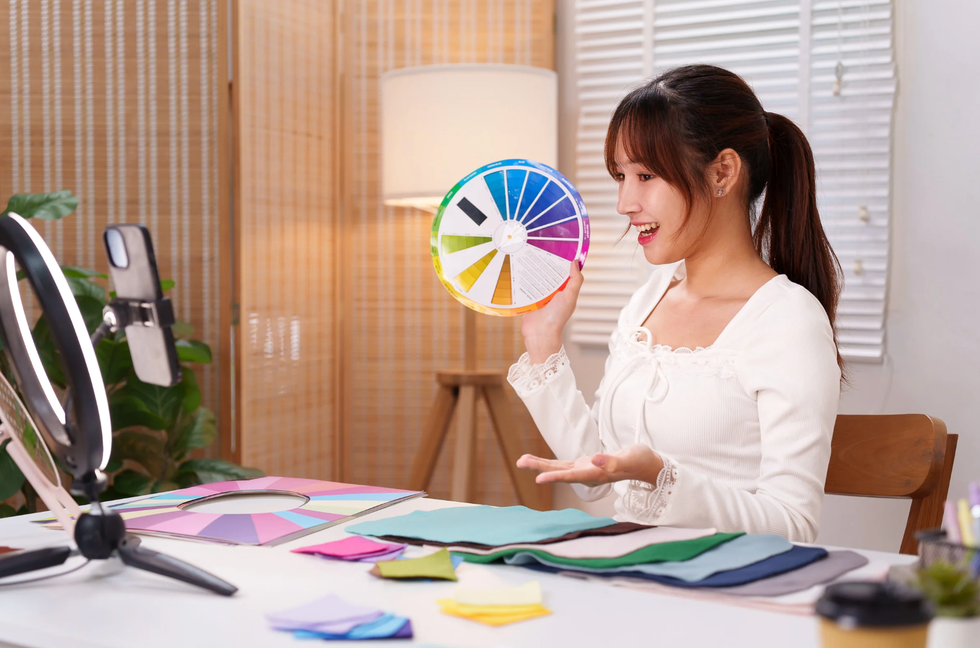
In a 2012 study, Israel Abramov, a psychologist from Brooklyn College, found that males are less adept at perceiving colors in the center of the color spectrum, such as yellows, greens and blues. The same study showed that men were better at distinguishing quick-changing objects from afar.
Color blindness is also much more common in men. According to the National Eye Institute, 8% of men and 0.5% of women are color blind.
color test, Lenstore, color perception, visual test, tricky test, online challenge, color blindness, Israel Abramov, men vs women, age YouTube
It is believed that these perception differences stem from human evolution in hunter-gatherer societies, where men tracked distant objects and women focused on nearby tasks.
Age is also a major factor in color perception. People aged 31 to 35 scored the highest, with an average of 60%, while those aged 81 to 89 averaged 38%.
These results also align with current scientific research. After age 70, the number of people struggling with color perception increases rapidly. "Color discrimination declines with age, and most color defects among the older population are of the blue-yellow type," wrote Marilyn E. Schneck, PhD, and colleagues at The Smith-Kettlewell Eye Research Institute.
Country of origin also plays a factor.
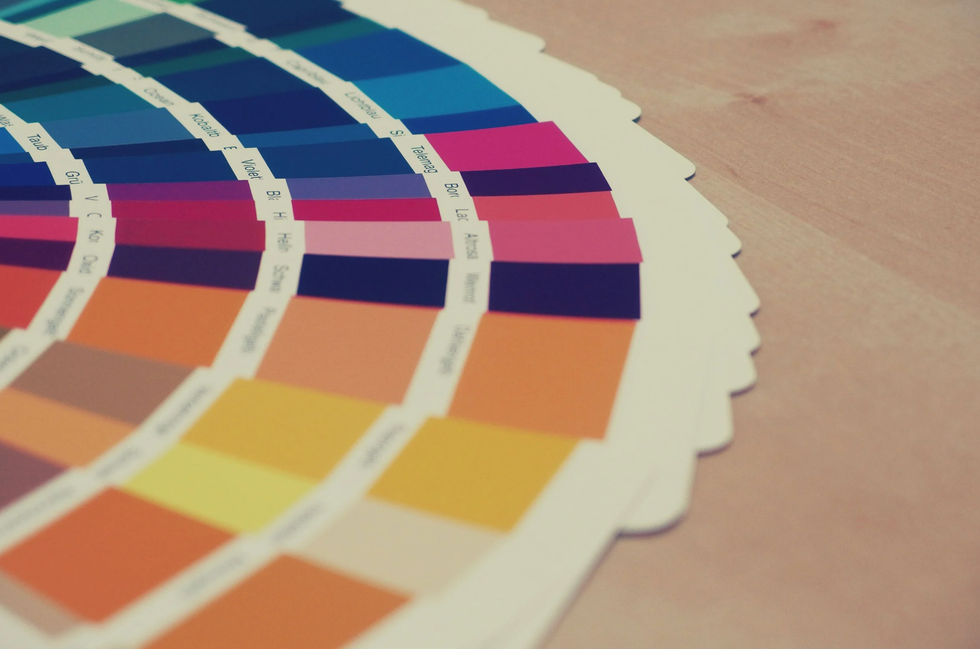
Here are the top ten countries in terms of color perception, according to their report:
1 Cyprus: 66.0%
2 South Africa: 65.0%
3 United States: 61.7%
4 Bulgaria: 60.0%
5 Germany: 58.8%
6 Australia: 57.5%
7 Poland: 56.7%
8 France/Portugal: 56%
9 Zimbabwe: 53.3%
10 Spain: 51.5%
While there was a significant difference between numbers one and ten on the list, there is no solid research that says whether people from different parts of the world are any better or worse at perceiving color. However, there are differences in how colors are labeled.
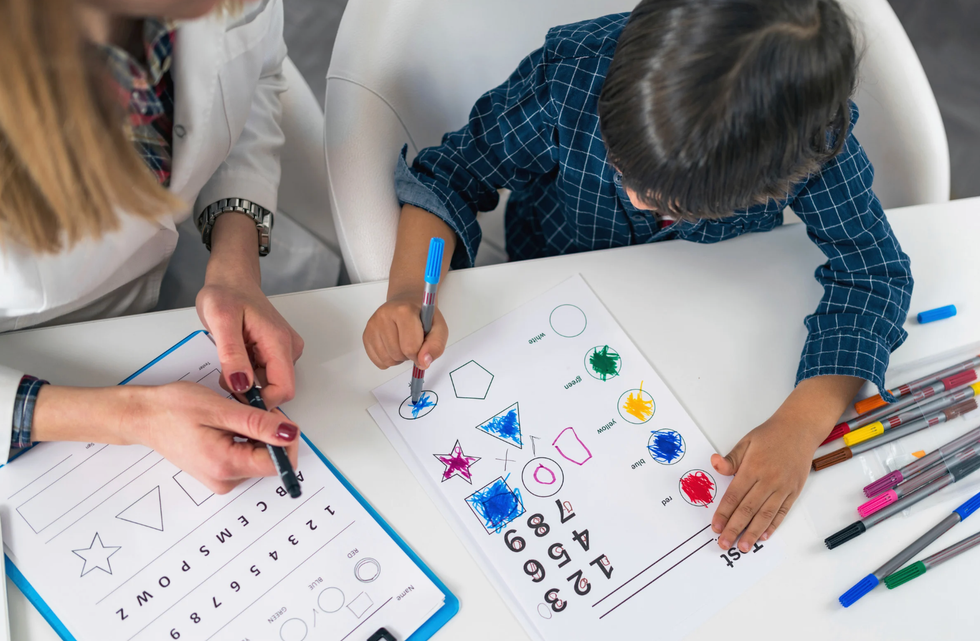
For example, the word "orange" didn't exist in the English language until orange trees were brought from Europe to Asia around 1500. Additionally, some cultures with unwritten languages lack a word for color.
Many languages have words for big and small, or hot and cold, but lack terms for size or temperature. Most unwritten languages don't have words for abstractions. "You don't need them," said anthropologist Paul Kay, according to Sapiens.
Click here to take the test
This article originally appeared 6 years ago.



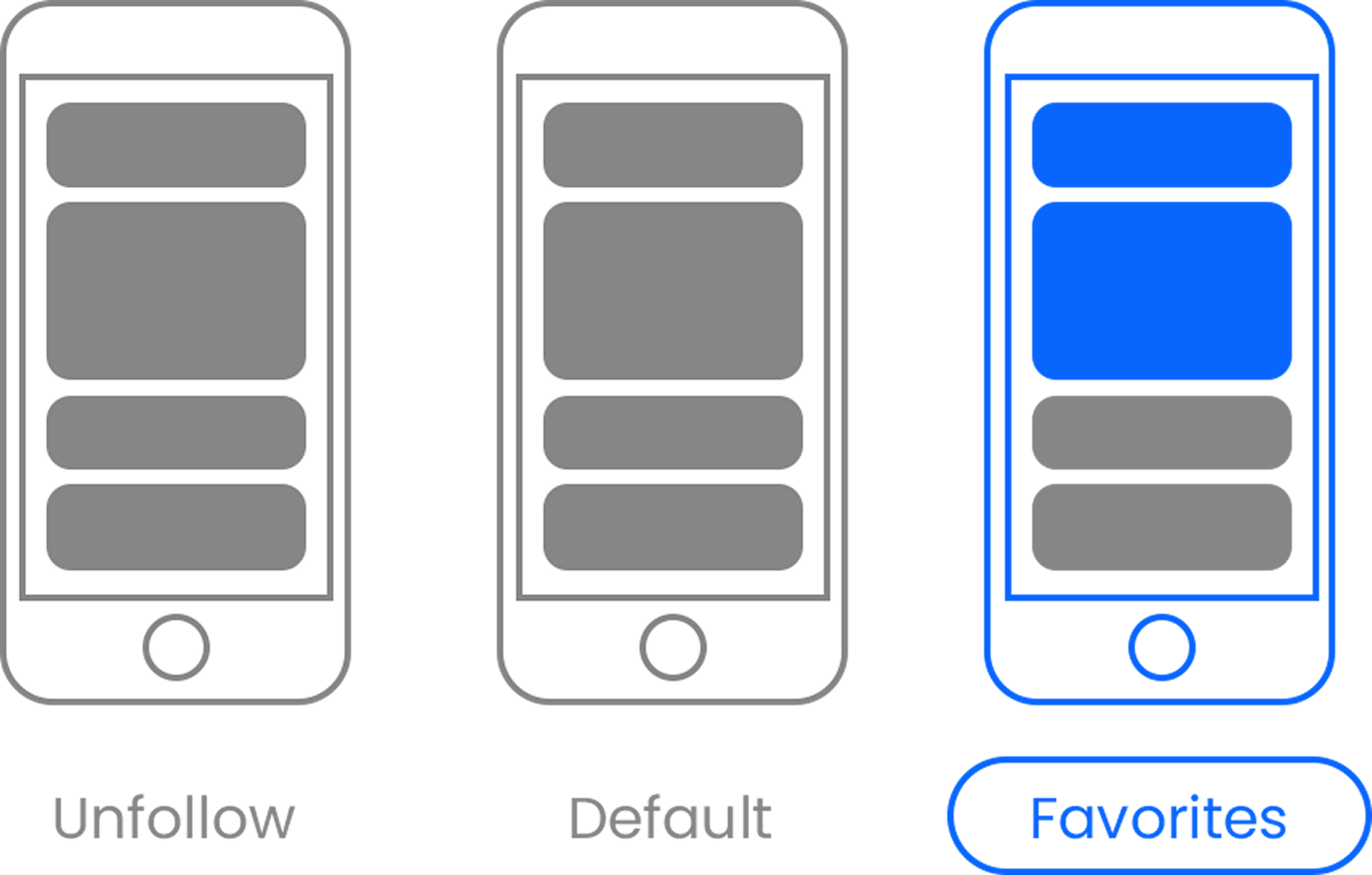

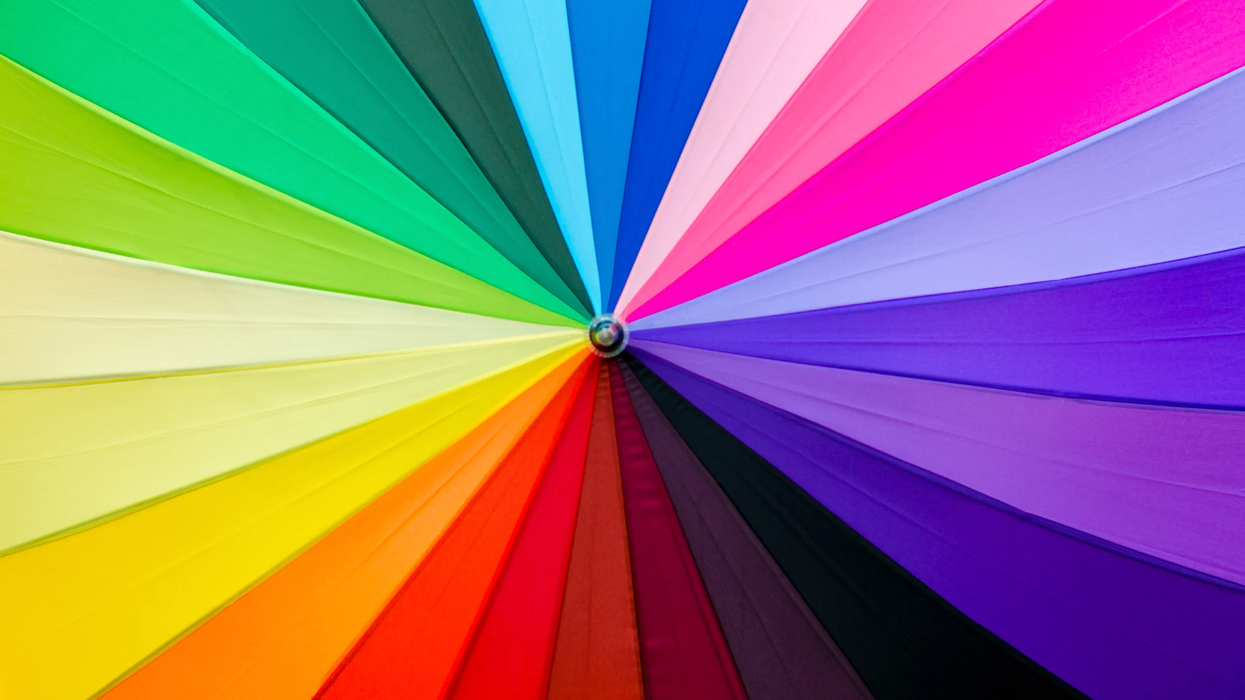
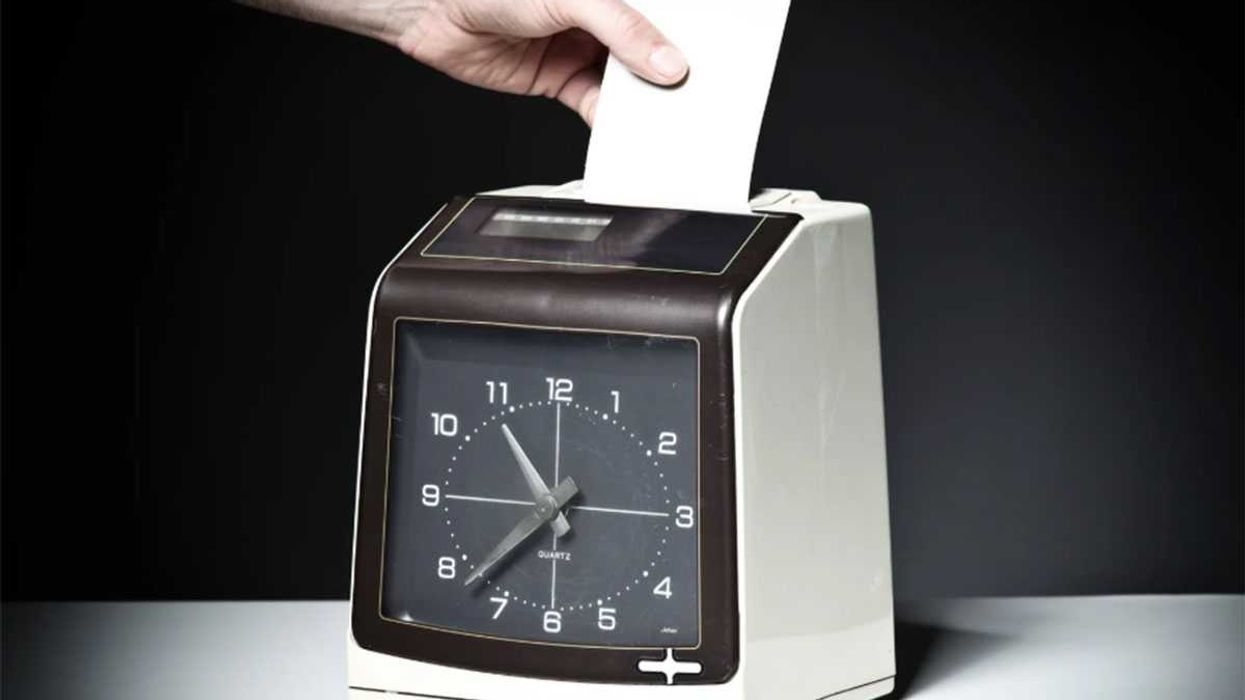
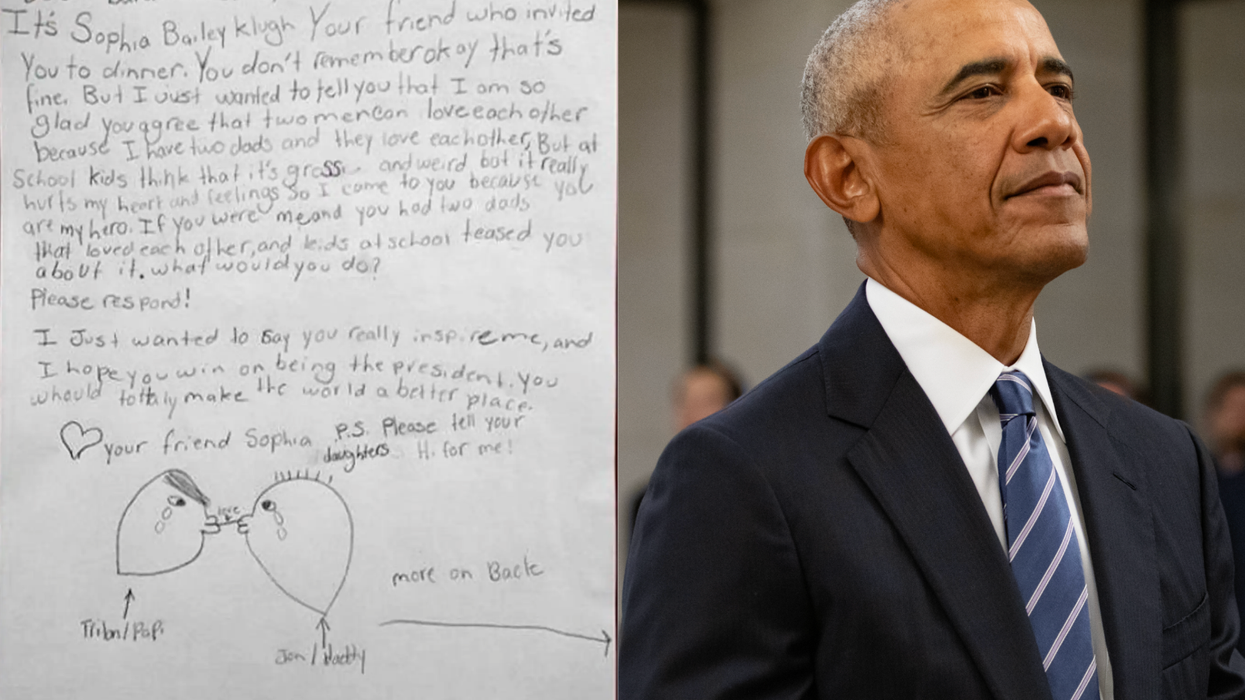



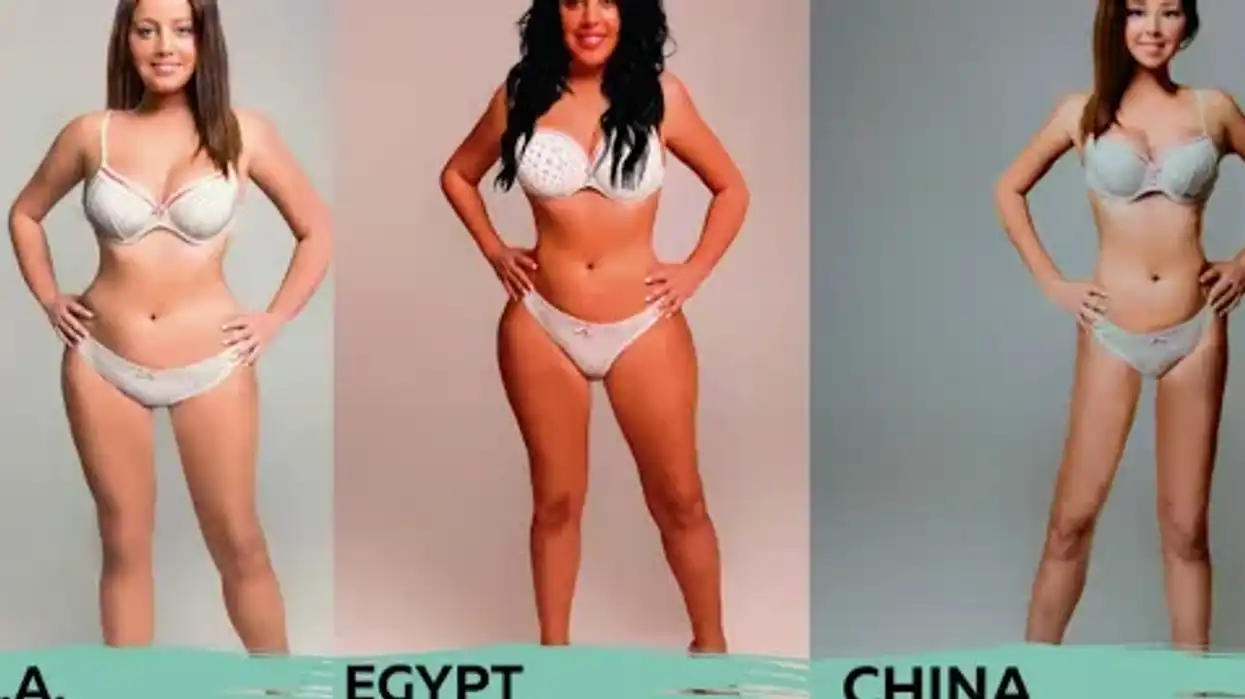



 Representative Image: Accents reveal heritage and history.
Representative Image: Accents reveal heritage and history.  Representative Image: Even unseen you can learn a lot from an accent.
Representative Image: Even unseen you can learn a lot from an accent. 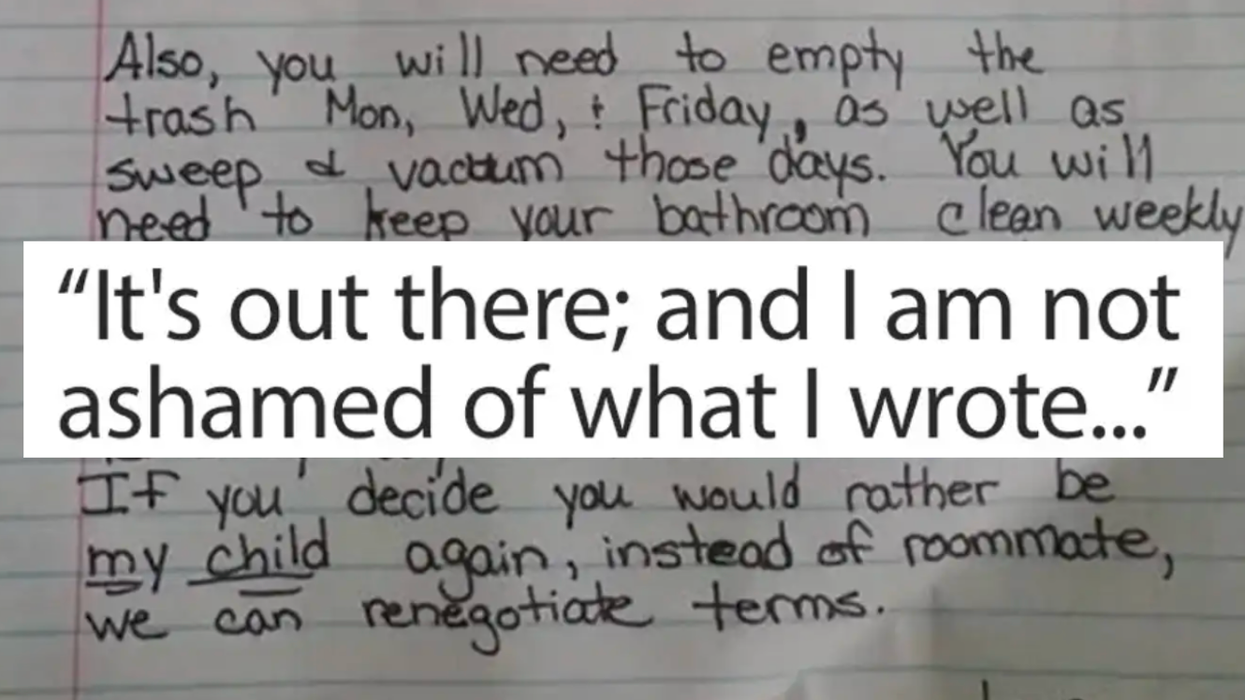
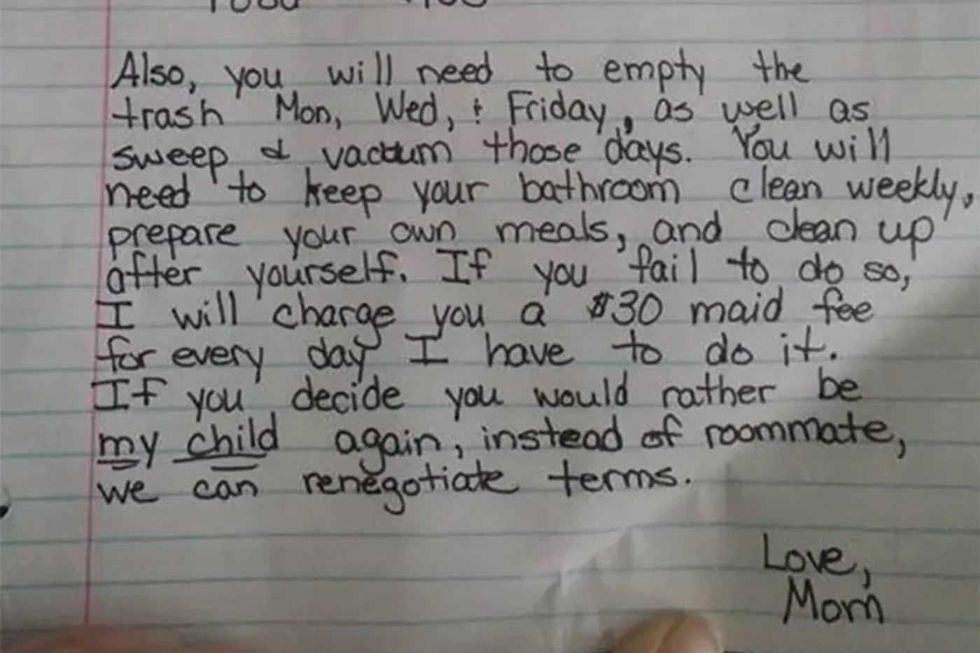 Photo of a handwritten letter from Heidi Johnson's Facebook page
Photo of a handwritten letter from Heidi Johnson's Facebook page Gif of someone repeating "shame" via
Gif of someone repeating "shame" via 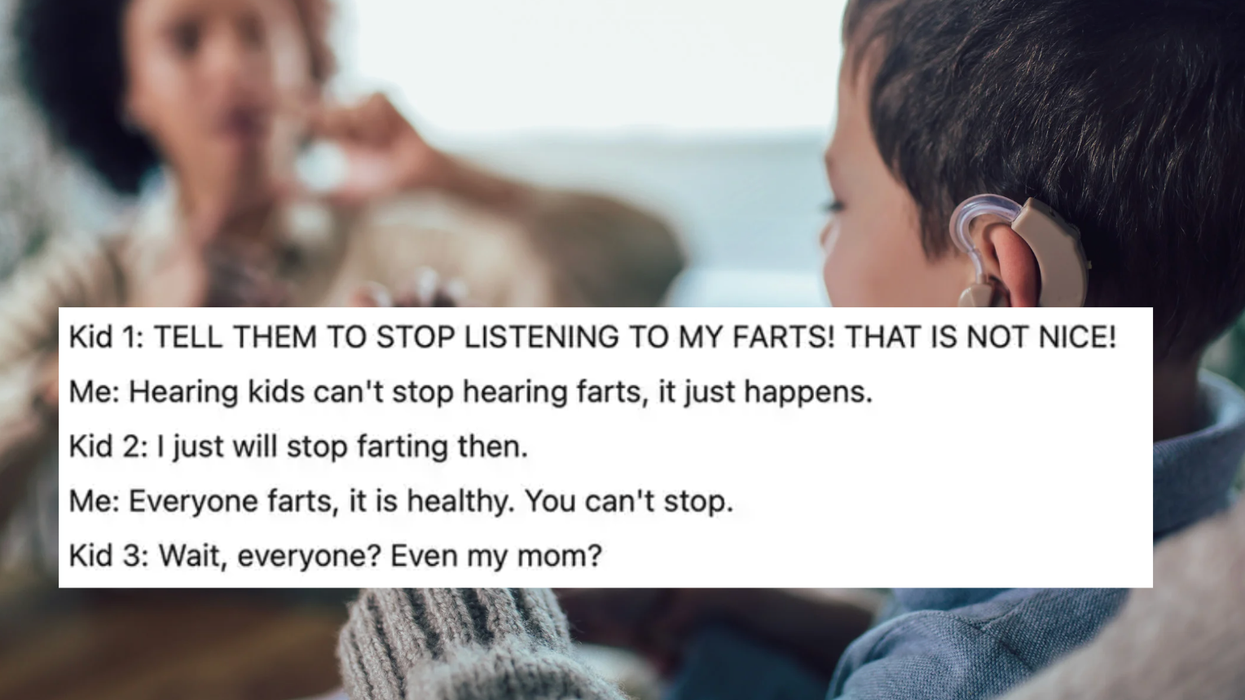
 A young girl learning sign languageCanva
A young girl learning sign languageCanva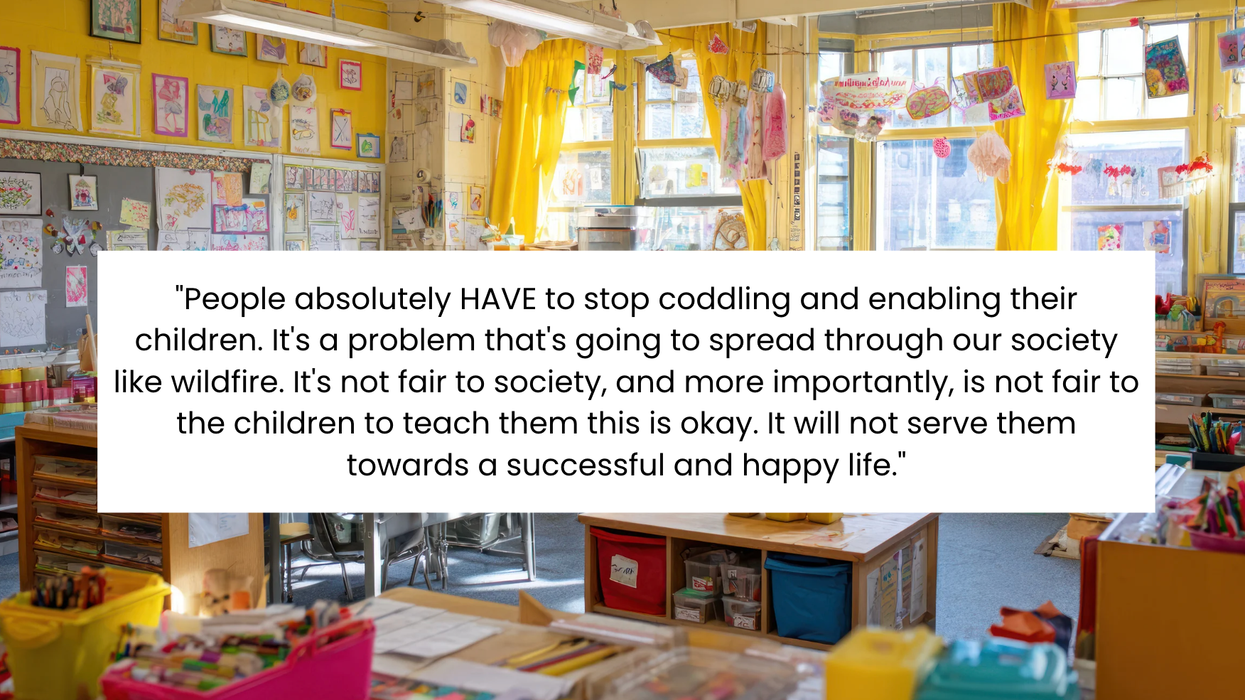
 A real estate agent talks with a young coupleCanva
A real estate agent talks with a young coupleCanva A frustrated school teacher takes a breakCanva
A frustrated school teacher takes a breakCanva A young girl plays around in her messy roomCanva
A young girl plays around in her messy roomCanva
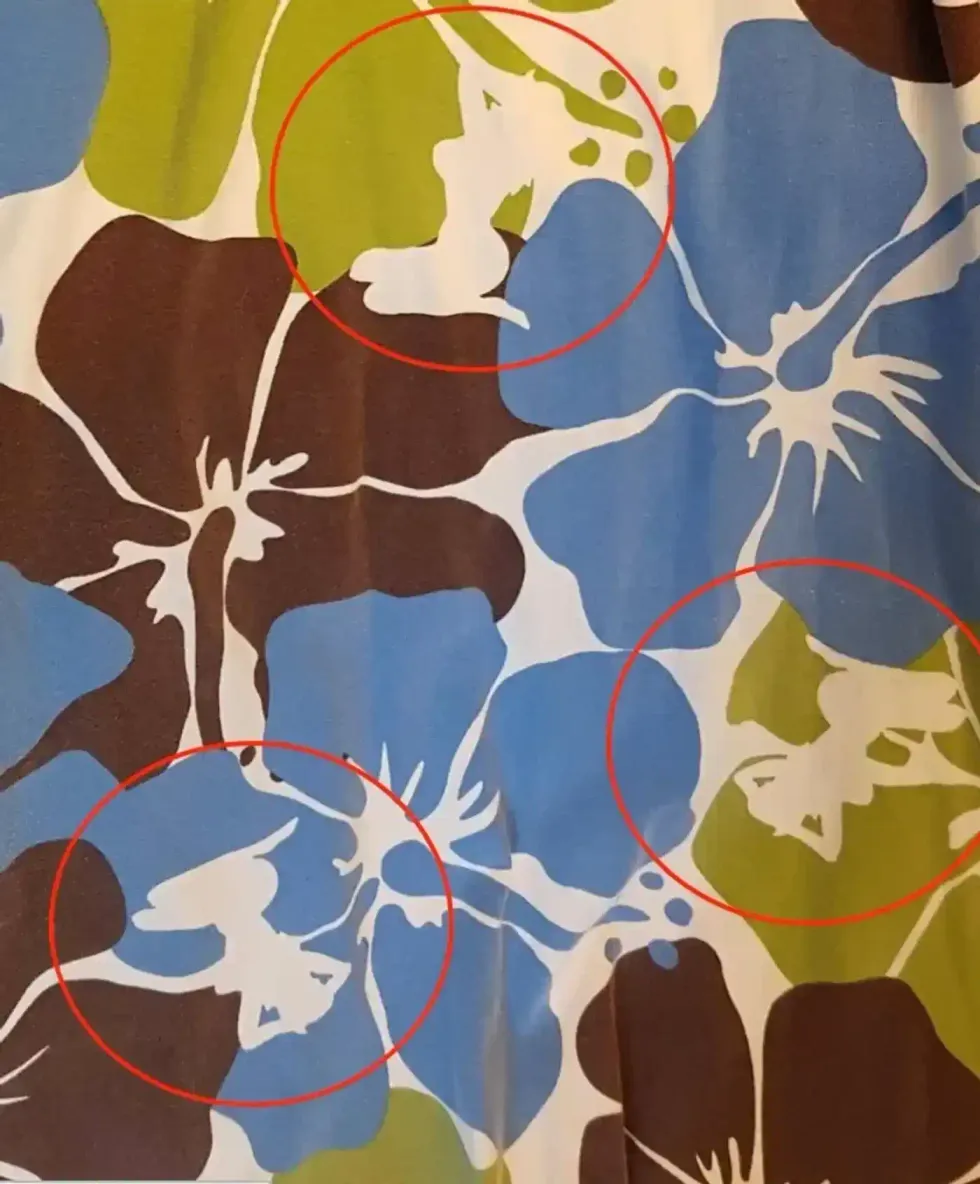 Image of the floral dress with the risque images circled
Image of the floral dress with the risque images circled  Gif of Tim Robinson via
Gif of Tim Robinson via 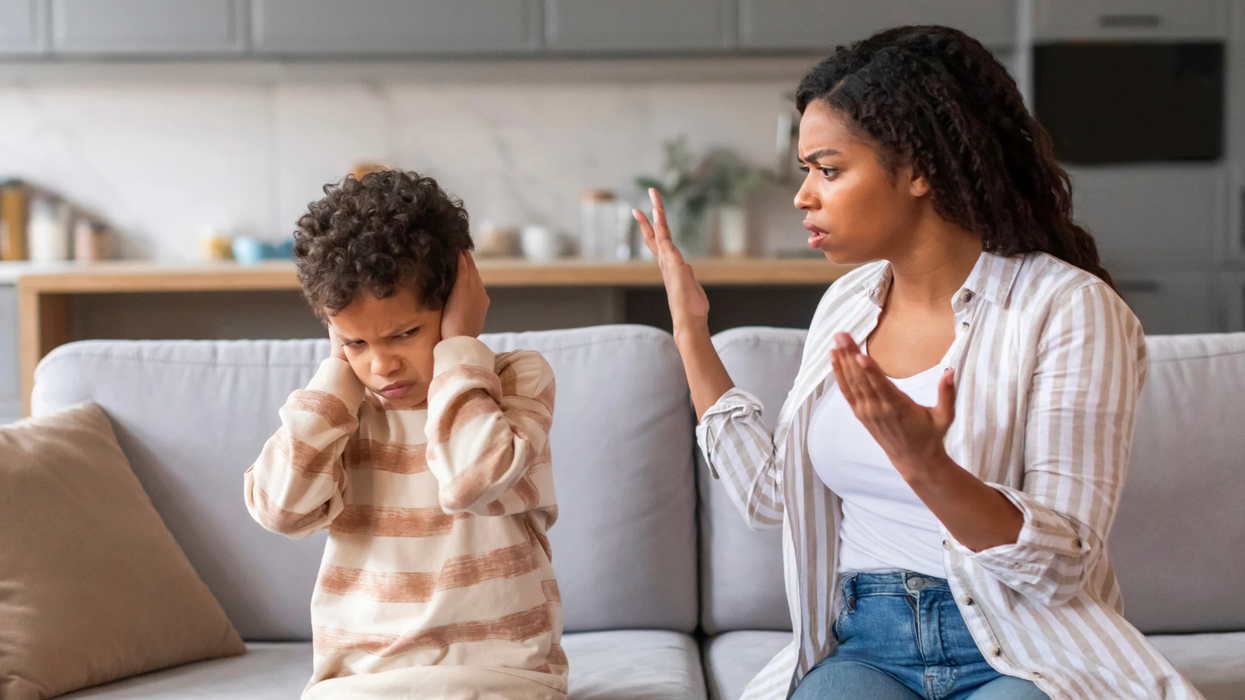
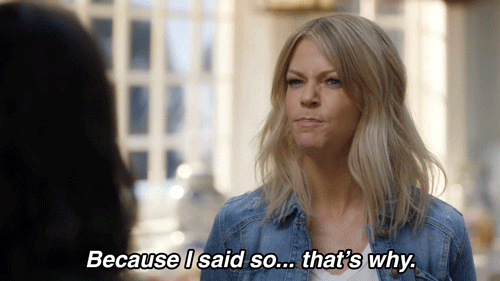 Gif of Kaitlin Olson saying "Because I said so ... that's why" via
Gif of Kaitlin Olson saying "Because I said so ... that's why" via 
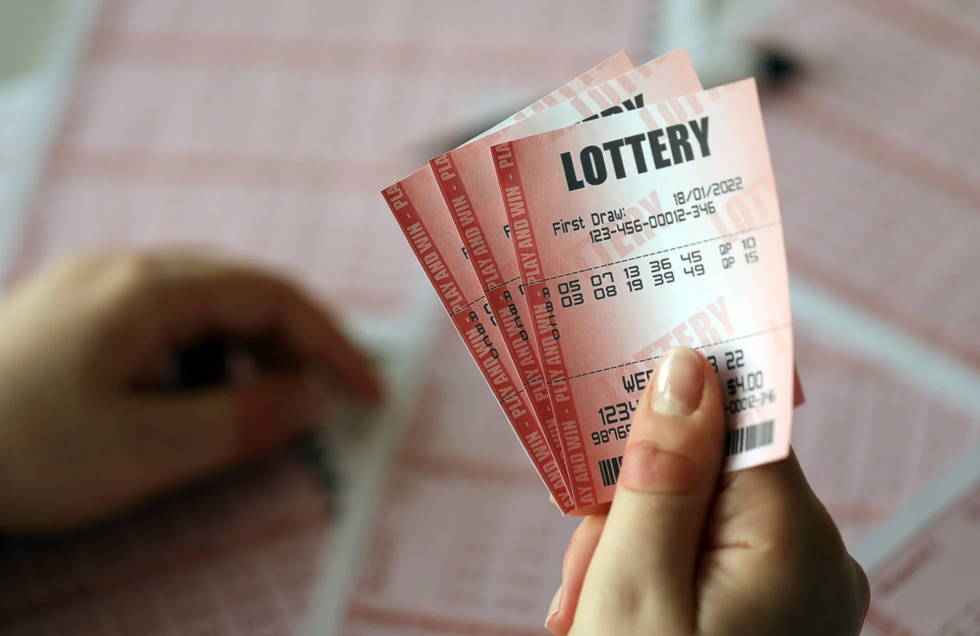 A hand holds several lottery ticketsCanva
A hand holds several lottery ticketsCanva "Simpsons" gif of newscaster winning the lotto via
"Simpsons" gif of newscaster winning the lotto via 
 Chris Hemsworth at the 2024 Cannes Film Festival.
Chris Hemsworth at the 2024 Cannes Film Festival.  Chris Hemsworth speaking at the 2014 San Diego Comic Con International
Chris Hemsworth speaking at the 2014 San Diego Comic Con International